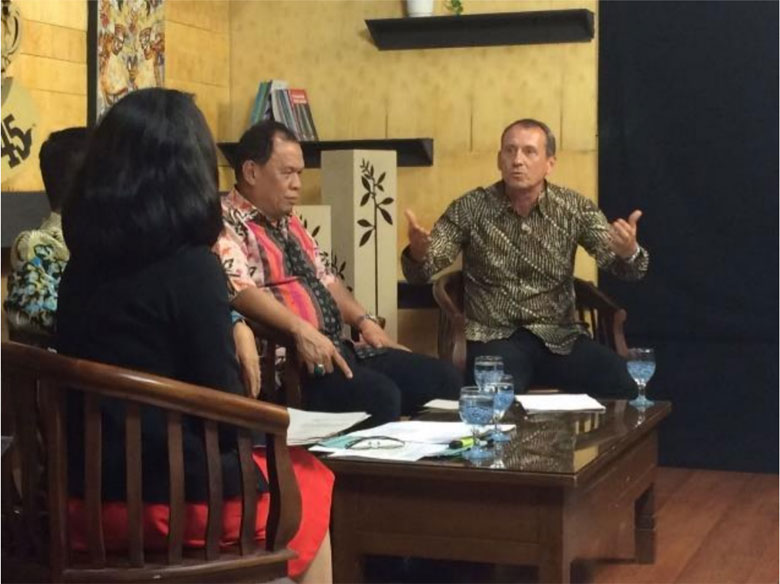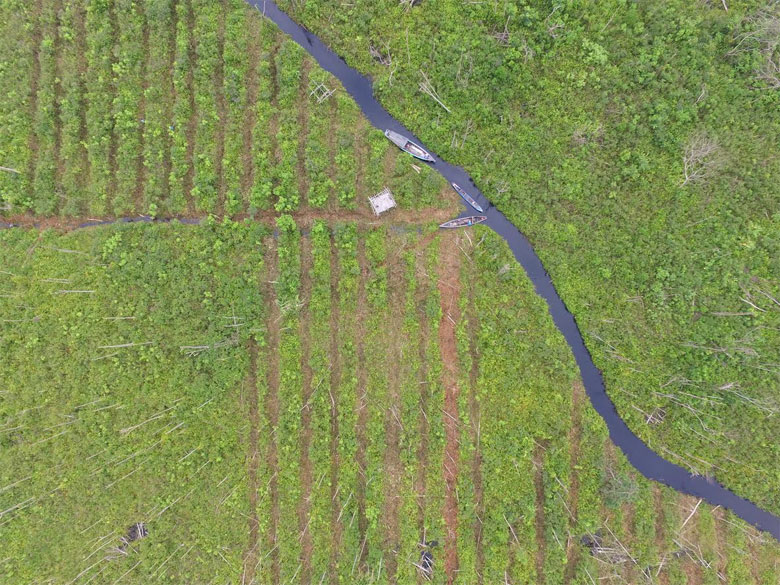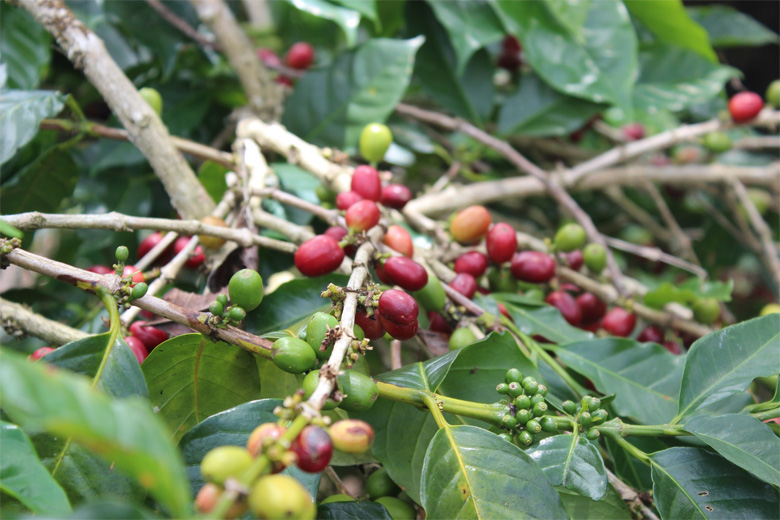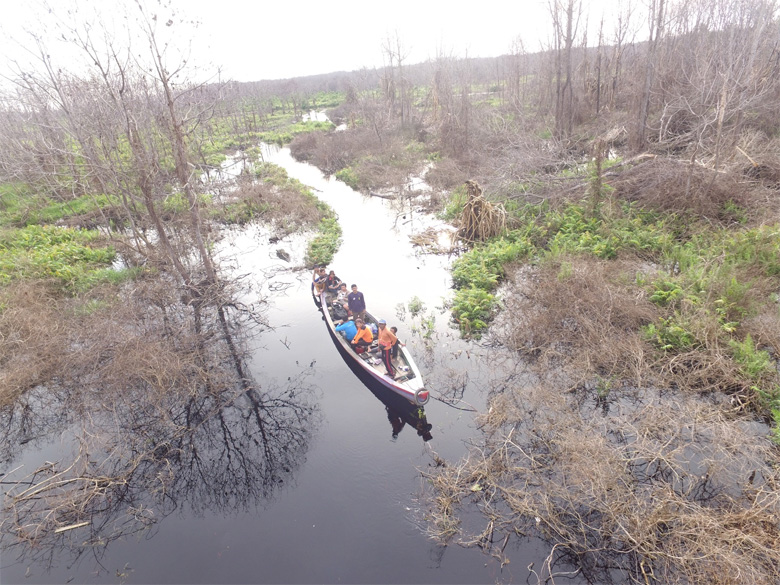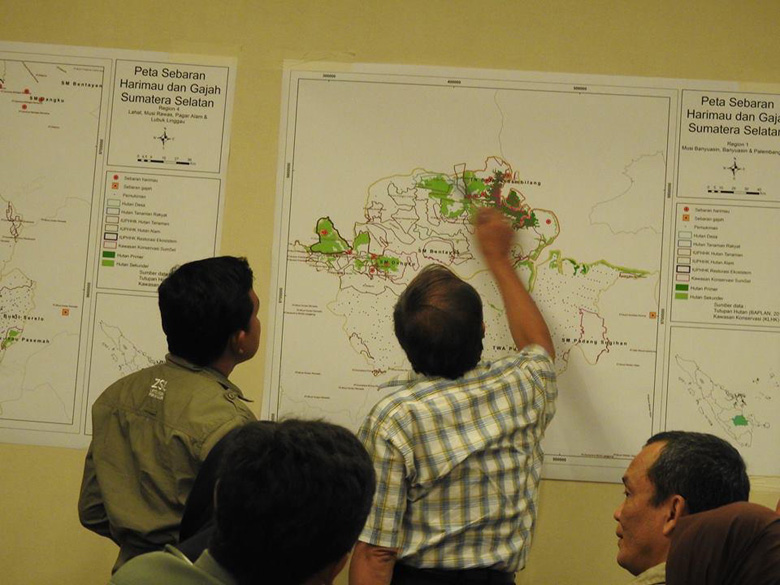Kyoto University to help RI’s peat restoration
Kyoto University has teamed up with the National Institute for the Humanities ( NIHU ) to help out with Indonesia’s ambitious peatland restoration project, an initiative that aims to see 2.26 million hectares of damaged peatland restored in the next five years.
The partnership team plan to research the various types of restorative treatments to be carried out within each recovery site and will focus on how to involve local people so as to later see them achieve an improved level of livelihood.
source: http://www.thejakartapost.com/news/2016/04/26/kyoto-university-help-ri-s-peat-restoration.html
KPK’s Involvement Helps to Improve Forest Governance: UNDP
Jakarta. The involvement of the national antigraft agency in monitoring forest practices in Indonesia has helped to improve governance in the industry, the United Nations Development Program said.
The Corruption Eradication Commission (KPK) started its involvement in forest industry monitoring in 2015 under the auspices of the National Movement for Saving Natural Resources, after signing a memorandum of understanding with 12 ministries and government institutions.
source: http://jakartaglobe.beritasatu.com/news/kpks-involvement-helps-improve-forest-governance-undp/
Reclamation Island Endangers Jakarta Mangroves
TEMPO.CO, Jakarta-The Indonesian Mangrove Restoration Foundation (IMARF) said that a reclamation island in the Jakarta Bay will endanger the existence of the capital's mangrove forest, which is already in a critical condition.
"The first thing they will do in order to build the reclamation island is destroy the mangrove forest," IMARF executive director Nurul Ikhsan said on Sunday, April 17
source: http://en.tempo.co/read/news/2016/04/18/206763510/Reclamation-Island-Endangers-Jakarta-Mangroves
Do we really want to save the Sumatran rhinoceros? (commentary)
At present rates of destruction, in about 25 years there will be no rainforests outside protected areas in Malaysia, already void of Sumatran rhinoceroses, nor in Indonesia. Many fewer than 100 Sumatran rhinos remain in fragmented populations in Sumatra and Borneo. In addition to the wild populations, there are nine Sumatran rhinos in captivity (six in Indonesia and three in Sabah). Half of them are actually non-reproductive individuals because of degenerated physical conditions: long term isolation and lack of breeding has caused their reproductive organs to deteriorate.
Recently, two main recommendations emerged from the countless (inversely proportional to actual results) meetings:
- new genetic material is needed to decrease the species’ risk of extinction and enhance its viability;
- the populations need to be managed under a truly global management system
source: http://news.mongabay.com/2016/04/really-want-save-sumatran-rhinoceros-commentary/
Tripa’s Trials: protecting key orangutan habitat through the courts
“Hell for people and paradise for orangutans,” is how Ian Singleton, director of the Sumatran Orangutan Conservation Program (SOCP), describes intact Indonesian peat swamp forests.
With their high daily temperatures and steamy 90 percent humidity, these lush dense forests teem with life — from the last viable populations of Sumatran tigers, to herds of Sumatran elephants, plus rhinos, sun bears, clouded leopards and of course, orangutans.
source: http://news.mongabay.com/2016/04/tripas-trials-protecting-key-orangutan-habitat-courts/







